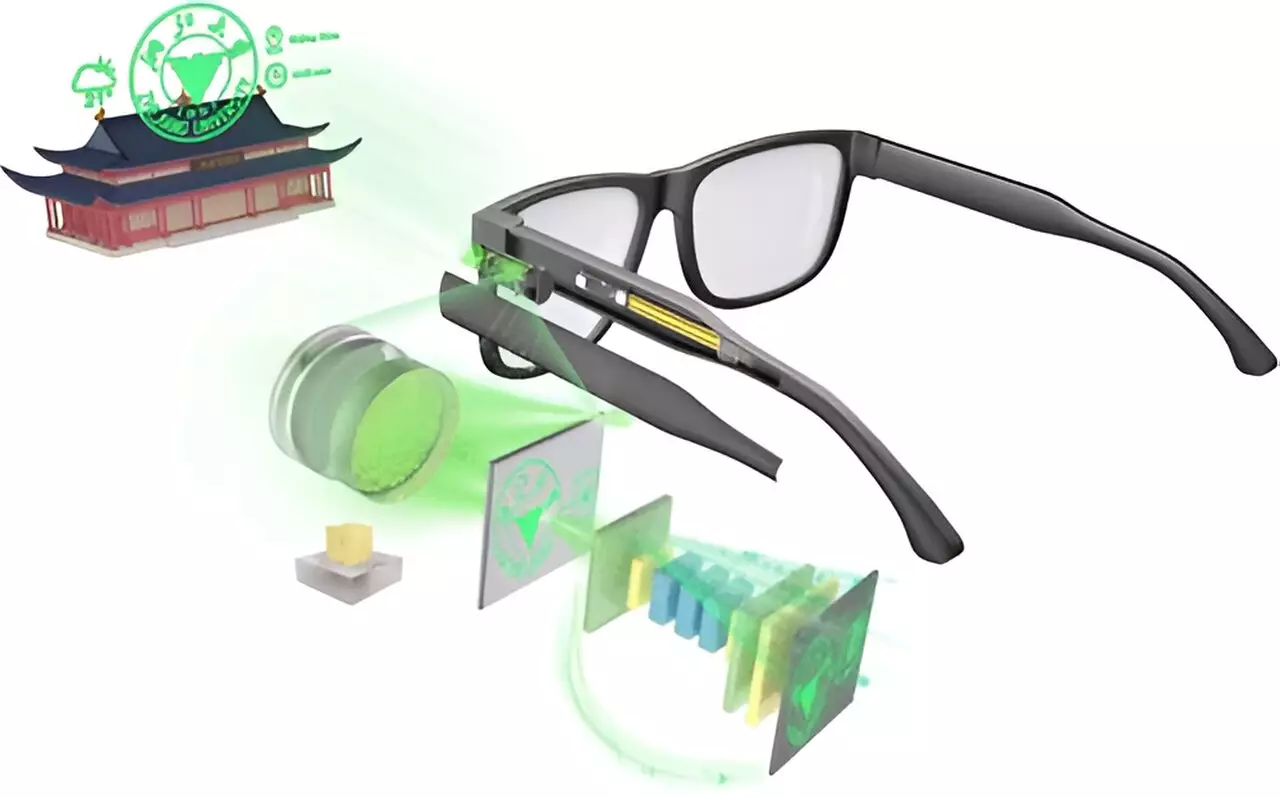Augmented Reality (AR) is carving a niche beyond its current applications in gaming, reaching into realms such as medicine and autonomous transportation. As technology evolves, AR systems promise a transformative impact on how we perceive and interact with the world around us. However, the challenge of integrating high-quality AR into everyday devices has long persisted, especially when it comes to size and image clarity.
Traditional AR systems, often characterized by bulky goggles or automotive head-up displays, struggle to balance convenience and performance. Current designs typically involve multiple optical components, such as lenses, to achieve desired image quality and field of view. Unfortunately, reducing the size of these optical systems ordinarily results in a compromise—diminished image resolution and restricted viewing angles. This trade-off has stifled widespread adoption, especially in personal devices like eyeglasses.
In an exciting breakthrough, researchers, led by Youguang Ma, are merging two advanced optical technologies to create a more compact and efficient AR display. They propose a hybrid approach that combines a metasurface—an ultra-thin silicon nitride film structured to manipulate light—and a refractive lens enhanced by microLED technology. By utilizing this combination, researchers aim to produce a high-resolution AR display that fits seamlessly into eyewear, enhancing user experience without the significant drawbacks typical of existing AR systems.
The metasurface plays a crucial role, intricately etched to focus light emitted from the microLEDs, while the refractive lens helps sharpen images and minimize distortions. Together, these elements generate clear, overlayed images with impressive fidelity. Remarkably, the researchers discovered that their integration system maintained less than 2% distortion within a 30-degree field of view, a level of quality comparable to that found in more complex, four-lens commercial AR systems. This remarkable clarity was further augmented by sophisticated computer algorithms that pinpoint and rectify small optical imperfections before projection.
During early prototype testing, the team demonstrated that their preprocessing algorithm was successful in enhancing images—providing a 74.3% structural similarity to the original projection of an image featuring a red panda, improving upon earlier iterations. This innovative technology ushers in the possibility of AR glasses that are not only compact but also capable of displaying full-color images, setting the stage for mainstream entry into augmented reality.
The ongoing advancements in AR technology signify a pivotal moment in the journey towards creating more functional and accessible wearable devices. By overcoming previous limitations associated with size and optical quality, researchers may soon revolutionize how AR interacts with our everyday lives. With continued refinement and development, hybrid AR displays could very well redefine personal technology, paving the way for widespread acceptance and integration into various sectors, from healthcare to entertainment.


Leave a Reply